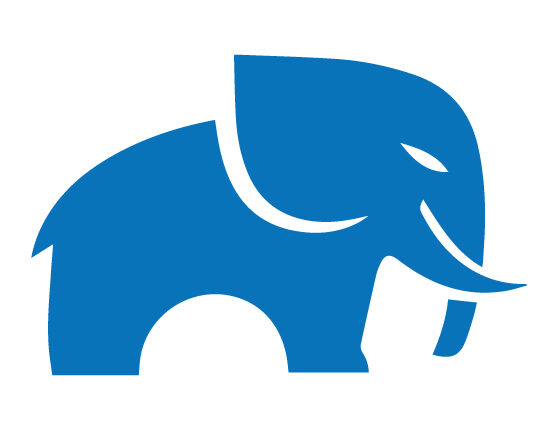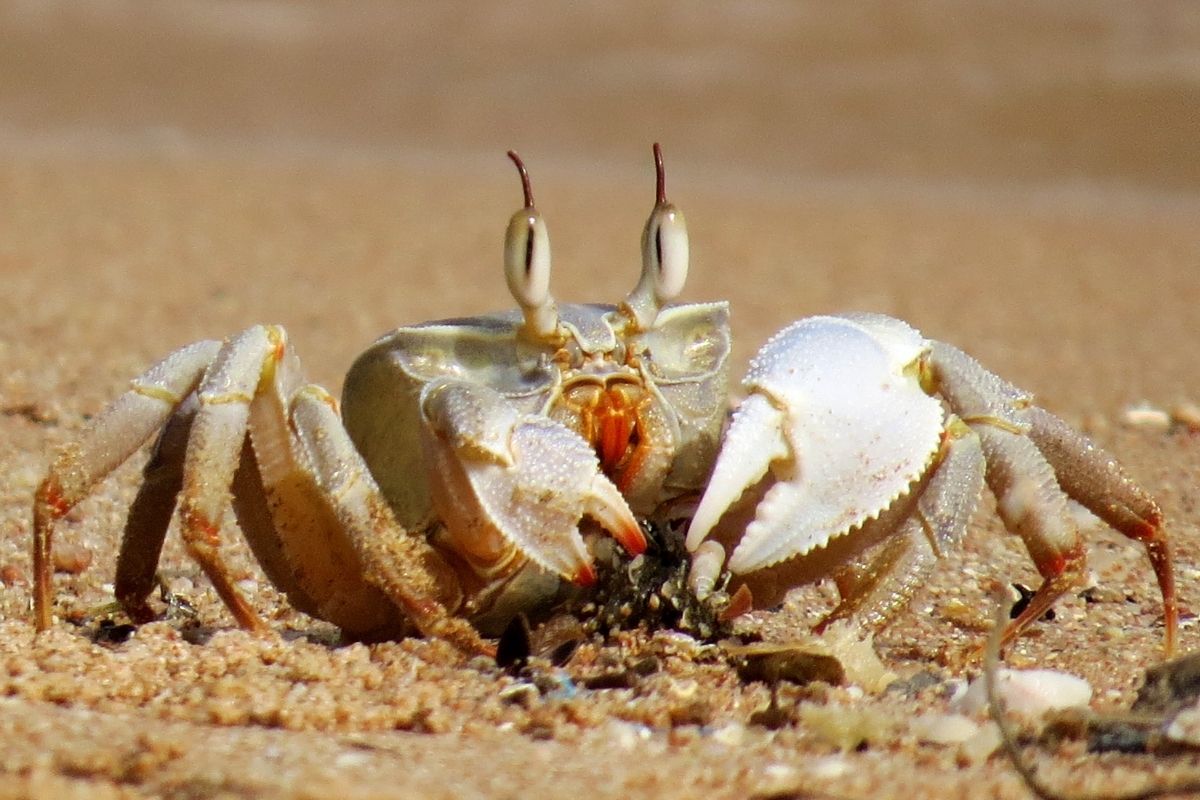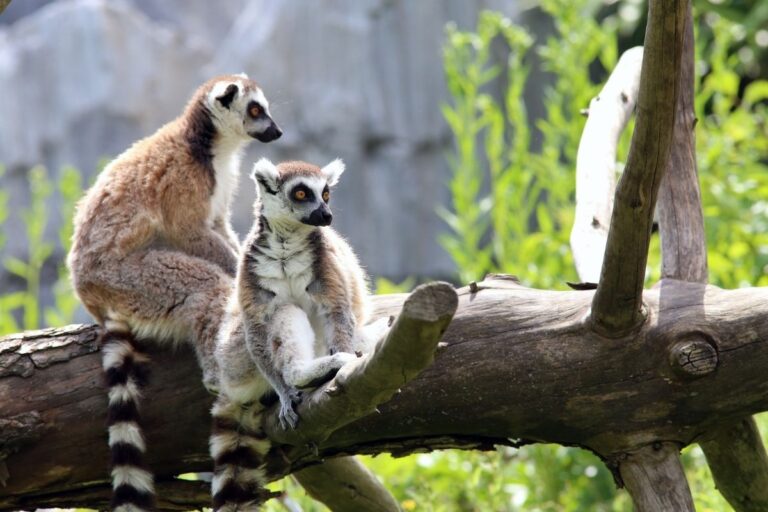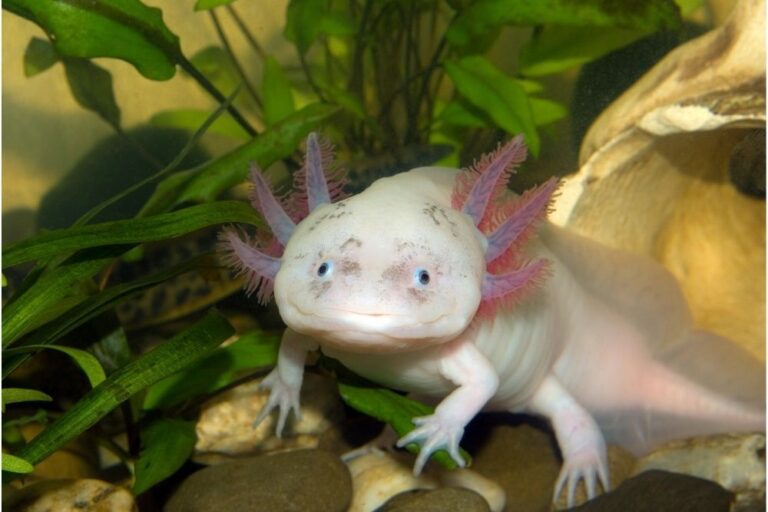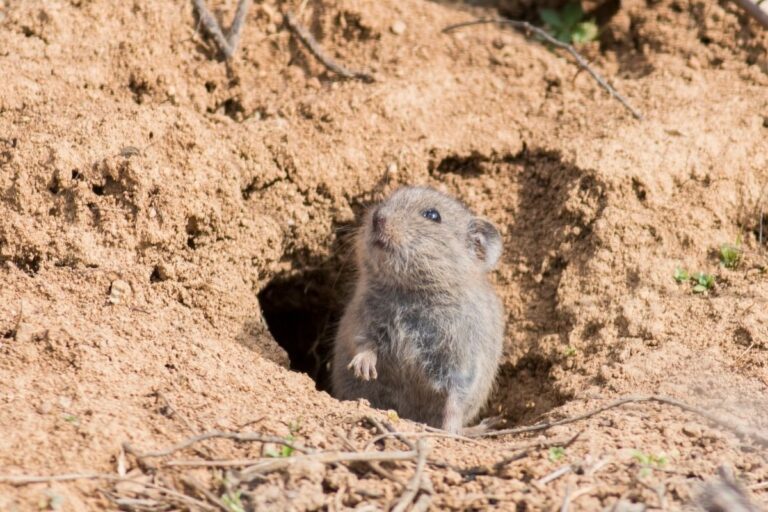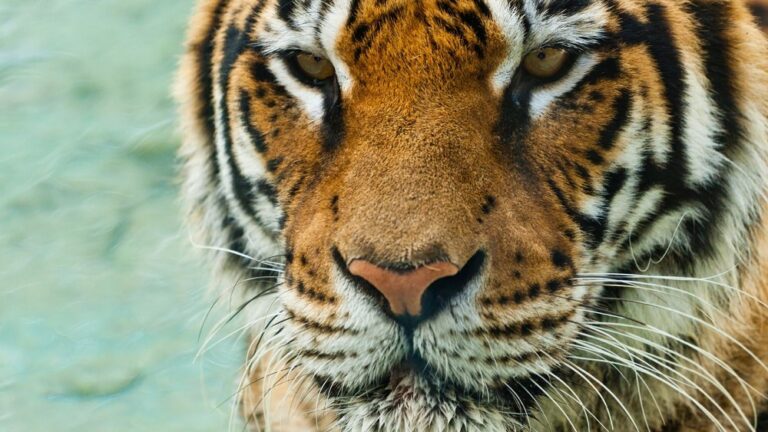What Do Crabs Eat?
Last Updated on February 18, 2022 by
When you say the word ‘crab’, what do you think most people think of?
For me, it’s one of two things. The first is a bizarre-looking creature that moves from side to side. The other is a dinner plate with a bright red shell on top and delicious grub inside.
No matter your perception of crabs – good, bad, or delicious– it’s hard to think of them as anything but successful.
They are a group of creatures that are known, in some capacity, to every culture and country. I would wager that there are few fishermen in the world who don’t know at least 2 types of crab.
There are many reasons for their success and there are a few reasons we know about them, but the primary reason for their introduction into our lives is their delicious flavor.
It’s succulent and wonderful, but if crabs taste so good, they must be eating something that makes them taste good, right?
In fact, what do crabs actually eat? In this article, we seek to answer that question and delve into the world of our armored friends, finding out once and for all what crabs actually eat.
What Is A Crab?
First, let’s answer the question of what a crab really is. A crab is a decapod crustacean to be literal about it.
This means that they are a member of a huge and diverse order of invertebrates that are closely related to the order known as insects.
The distinction between the families is that crustaceans have two parted arthropod limbs – two distinct sections – and that crustaceans have distinctly different larval forms.
Crabs, as a family, are very old indeed, first appearing at the height of the dinosaur’s reign in the Jurassic period around 200 million years ago.
As this period went on, crabs radiated – increased in genetic diversity – and expanded their ranges to encompass the globe. This was due to the increase in reef and coral environments in the world’s oceans, which crabs are especially well adapted to.
By the end of the Jurassic period, crabs were the dominant decapod on earth and one of the most dominant crustaceans, with only much smaller creatures outstripping them.
It should also be noted that while there are many creatures that resemble crabs, not all crabs that look like crabs are true crabs. A good example is hermit crabs and their relatives.
Although these animals may resemble crabs, they are in a sister clade to true crabs. This is actually true of lobsters as well, and indeed of a lot of other crustaceans.
The reason is that the design of a crab’s body is very well suited to the needs of an ocean or reef environment. They are armored and powerful, with very few openings to exploit if a predator decides to eat them.
As such, many other crustaceans have found themselves evolutionarily moving closer in look to crabs, as the crustaceans that have a body shape like a crab survive better and so are genetically predisposed to have better chances to breed.
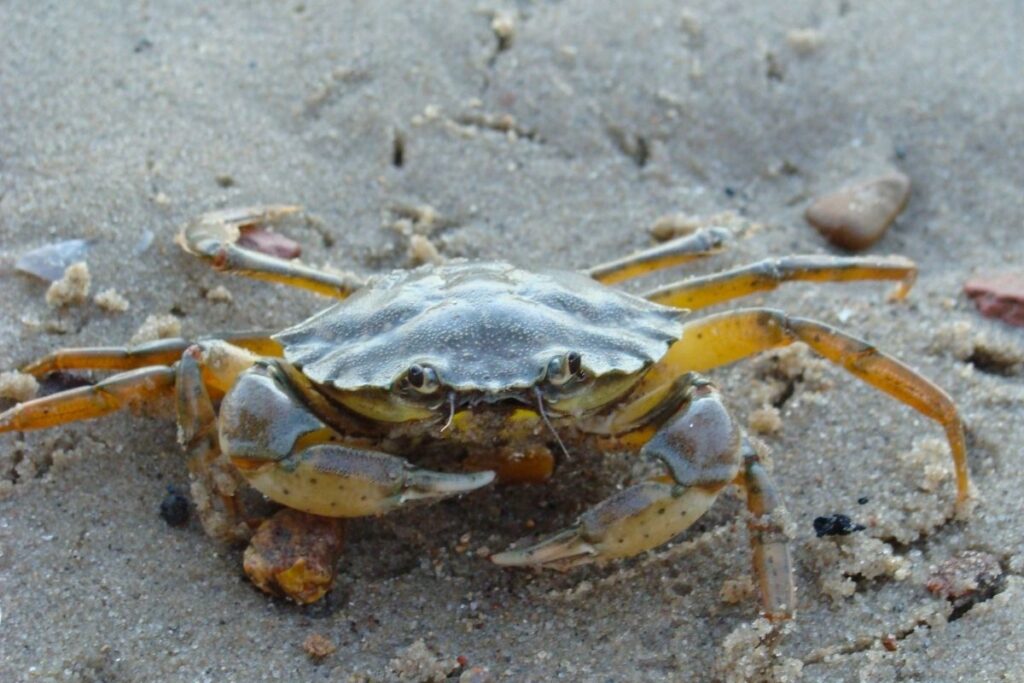
So, What Do They Eat?
Part of the reason for the crab family’s vast success is their diet. Crabs will eat anything and are not fussy about what they can get in their mouths.
Normally, they are regarded as opportunistic omnivores because with the broad range of their diet, it is hard to categorize them.
Plants, animals, detritus, decomposing matter, living creatures, seeds, waste, anything that has nutrients and will provide some sustenance can become part of a crab’s diet.
There are exceptions to this rule, for example, sally lightfoot crabs are one of the few herbivorous species of crab, and it eats moss, weeds, and algae on rocks, but they are few and far between, especially for temperate water crabs.
The favorite foods of most crabs are algae, mollusks – like snails and clams –, worms, fungi, bacteria, detritus, and other crustaceans.
Thanks to the endless abyss of the ocean itself, crabs not being picky about their food is not only a good adaptation but also completely necessary for their survival. They are even known to take smaller crabs if they are desperate enough for food.
If you are planning on having crabs live in your aquarium or at home somewhere, it is best to be mindful of this behavior.
They will happily snag the other animals in your tank if you don’t keep them properly fed. On the plus side, this also means that crabs are actually quite easy to feed, due to their varied diet.
Where Do They live?
Crabs live literally everywhere there is water. There is no ocean or freshwater body that hasn’t felt the touch of pincers and though they no longer exist in some places, they are still distributed widely.
They have been recorded in the frozen seas of Antarctica and at some of the deepest levels we can go in the ocean.
There have even been one species of crab that has adapted to one subterranean cave system in Belize, far away from any major body of water.
This species is called the Belizean White Crab, and it has been in the caves so long that it is completely blind. If nothing else, this shows the extraordinary adaptability of crabs to any new environment.
There are even crabs that exist solely on land. These crabs often develop independently of each other and so are not only endemic to their area, but also wonderfully diverse.
Some have become bright red in color and some have developed display claws much larger than other claws. In some instances, these land crabs have become the dominant species of either prey or predator on islands dotting the oceans.
The one problem with this abundance, adaptability, and resilience is that crabs can become invasive species and pests in some countries.
The Sally Lightfoot crab is a good example as it has begun to enter the Mediterranean and though it doesn’t prey on other animals, the competition it presents is causing issues for local populations.
So, really the answer to ‘where do crabs live?’ is most places really, but there are also some places that they shouldn’t live to protect the species already there.
Fun Facts About Crabs
Now for some fun facts about crabs that you may not know:
- All crabs can actually spend time out of the water. The only thing that stops salt or freshwater crabs from being out of the water is moisture, as their gills can still take in oxygen as long as they are wet. This is why many crabs that do spend time on land are close to the shore, so they can duck into the sea and keep their gills moist.
- While a crab does have mandibles to rip apart food, its true teeth are actually inside its stomach and most of the chewing and grinding goes on in there.
- A crab can live for 3 to 4 years mostly – which is quite long for an invertebrate – but the oldest crab, the Japanese Spider Crab, can live for up to 100 years.
Final Thoughts
Crabs are voracious omnivores that will eat almost anything. While most people would be appalled by an animal not being picky, for crabs this has been a great strategy to survive.
They live in almost all the world’s environments and have been incredibly successful as a family of species.
It may not be the most pleasant thing to imagine, but a crab’s dinner is one of the many reasons for their success, and if nothing else, you have to respect that.
